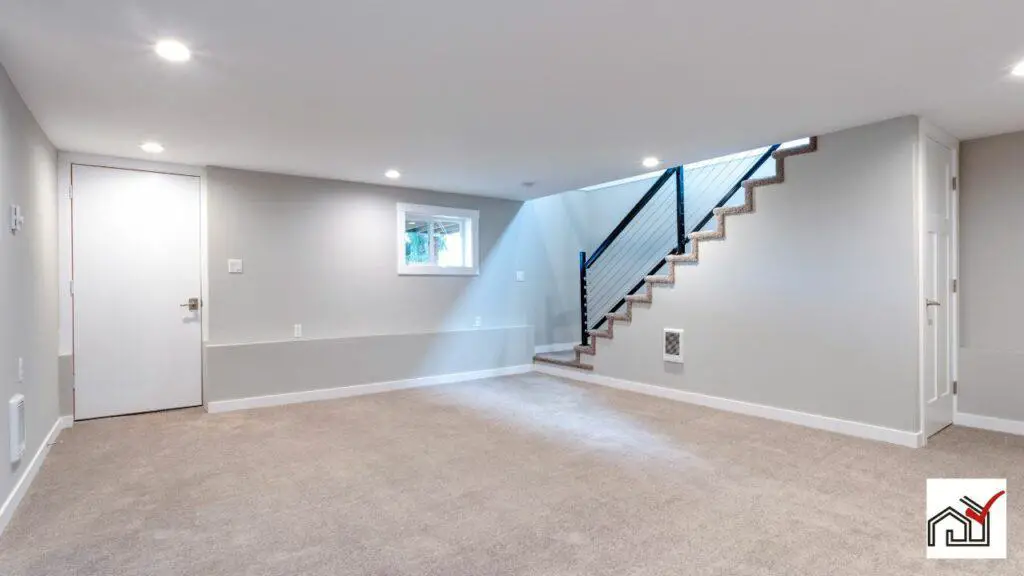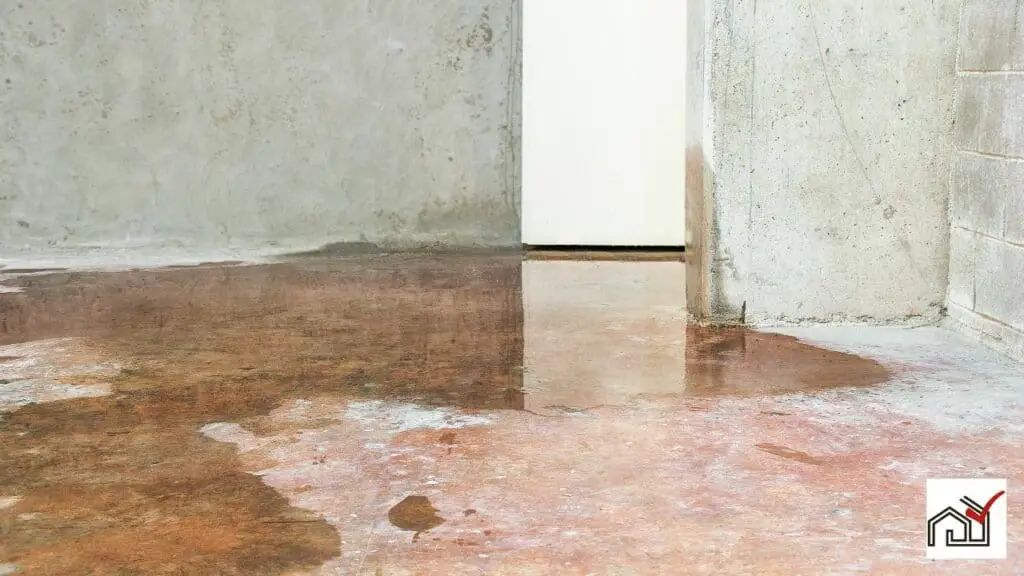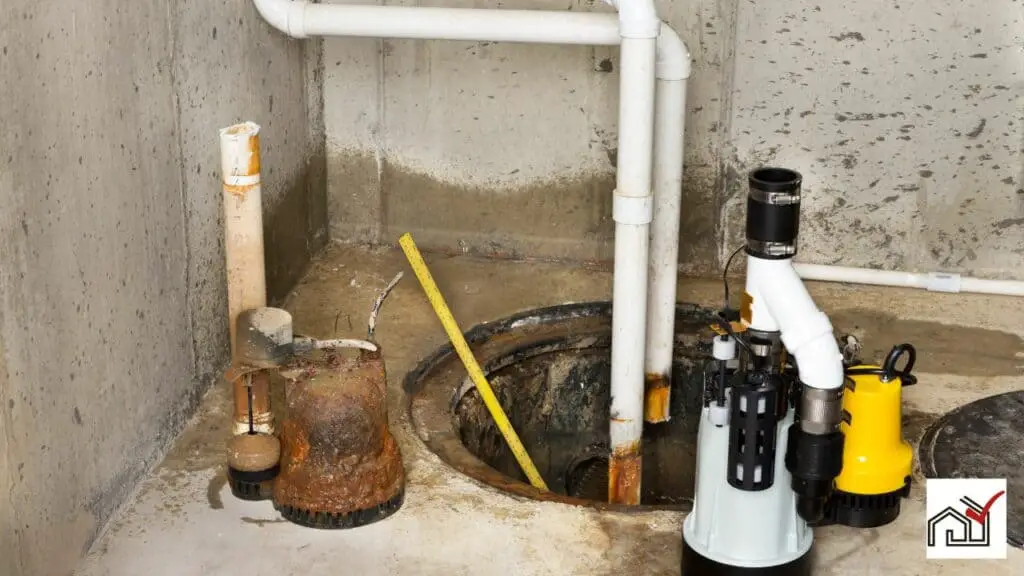Crawl space encapsulation offers several benefits:
- It seals the crawl space from outside elements, reducing moisture and preventing issues such as mold and wood rot. This helps maintain the building's structural integrity.
- It can improve indoor air quality by preventing the entry of allergens and pollutants from the crawl space.
- It may lower energy costs by providing better insulation for the home.
However, there are some drawbacks to consider:
- The initial cost of crawl space encapsulation can be high, as it often requires professional installation.
- Encapsulated crawl spaces can be harder to access for inspections and repairs, which may increase maintenance difficulties and costs.
- If not done correctly, crawl space encapsulation can lead to ventilation issues and the buildup of harmful gases.
Homeowners should carefully weigh these pros and cons when considering encapsulation for their property.
Understanding Crawl Space Encapsulation
Crawl space encapsulation is a construction method used to protect a building's understructure from moisture by sealing it off with a vapor barrier. The barrier, made of heavy-duty plastic, covers the floor and walls of the crawl space to prevent moisture accumulation that could damage the structure. It is critical that the barrier is correctly installed and all seams are sealed.
The encapsulation process includes sealing all external openings and vents to stop outside air, which may carry moisture, from entering. Insulation may be applied to walls and floors for temperature control and humidity reduction, helping to prevent mold and provide a stable environment in the crawl space.
In areas with high moisture, installing drainage systems like French drains or sump pumps is recommended to manage water around the crawl space and protect the foundation. A dehumidifier inside the space can also help by removing excess moisture from the air. Regular checks and maintenance of the encapsulation system are necessary to ensure its ongoing effectiveness in safeguarding the home and maintaining a healthy indoor air quality.
Advantages of Encapsulation
Encapsulation of a crawl space is a process that involves sealing the area with a heavy-duty plastic sheet to prevent moisture from entering. This barrier is crucial in keeping the space dry, which helps to stop mold and mildew growth, as these organisms need moisture to survive. By reducing moisture levels, encapsulation also improves the air quality inside the home and reduces the health risks associated with mold, such as respiratory issues.
Additionally, encapsulation helps protect the structural components of a home from moisture damage. Wet conditions can cause wooden structures like floor joists to deteriorate, so by keeping the crawl space dry, the risk of such damage is minimized. This can extend the life of the home's foundation and other structural elements.
Encapsulation also helps maintain a consistent temperature within the home, which can lead to lower heating and cooling expenses. It prevents drafts and air leaks by creating negative pressure in the crawl space, which further increases energy efficiency.
Potential Cost Implications
Crawl space encapsulation can be costly initially and may require ongoing maintenance expenses. The initial cost varies depending on the crawl space size and condition, and can include installing a vapor barrier, sealing vents and doors, and possibly adding insulation. Complex projects may need water removal or sump pumps, increasing the price. A dehumidifier might also be necessary, adding to the cost. Encapsulation can save on energy and improve air quality over time, potentially offsetting the initial investment.
Regular inspections are needed to maintain encapsulation, and any repairs will incur additional costs. However, the long-term benefits such as energy savings, better air quality, and structural protection can make encapsulation economically beneficial despite the upfront and maintenance costs. Homeowners should consider these costs against the advantages.
Installation and Maintenance Considerations
When installing and maintaining a crawl space encapsulation system, it's important to assess the crawl space condition first. Inspect for water leaks, structural issues, and pests. This assessment guides the encapsulation design, targeting specific problems like moisture and mold.
Choosing quality vapor barriers is critical to block moisture. Sealing vents and installing dehumidifiers help keep humidity low, especially in vented crawl spaces exposed to outside air.
Regular inspections post-installation are necessary. Check the barrier for damage and maintain the dehumidifier to manage humidity. Address any moisture issues quickly to protect the encapsulation system and prevent mold.
Health and Environmental Impact
Crawl space encapsulation improves indoor air quality by reducing moisture, which lowers the risk of mold growth and benefits respiratory health. Encapsulating the crawl space with a moisture barrier prevents humidity and water vapor from entering living spaces, thus helping to avoid mold and mildew that can cause allergies and asthma.
The process involves sealing the crawl space walls and installing a vapor barrier on the floor. This creates a dry environment that reduces musty odors and contributes to a healthier living space. It also enhances energy efficiency as heating and cooling systems work less to maintain temperature and humidity, leading to potential cost savings.
Homeowners should note that encapsulation requires regular maintenance to remain effective. If radon is present, it is essential to implement mitigation methods to prevent the gas from accumulating in the home.
Making the Encapsulation Decision
Homeowners considering crawl space encapsulation must evaluate the upfront costs against the long-term benefits of improved air quality and energy efficiency. This process involves installing a vapor barrier and possibly insulating the foundation walls and floor joists. While it can enhance the home's environment and protect its structural integrity by preventing moisture damage, it does require a significant initial investment for materials and potentially for professional installation.
Encapsulation can also stabilize indoor temperatures and reduce energy costs by lessening the demand on heating and cooling systems. However, it is crucial to ensure proper installation to prevent issues like trapped moisture or harmful gases, which can create new hazards.





